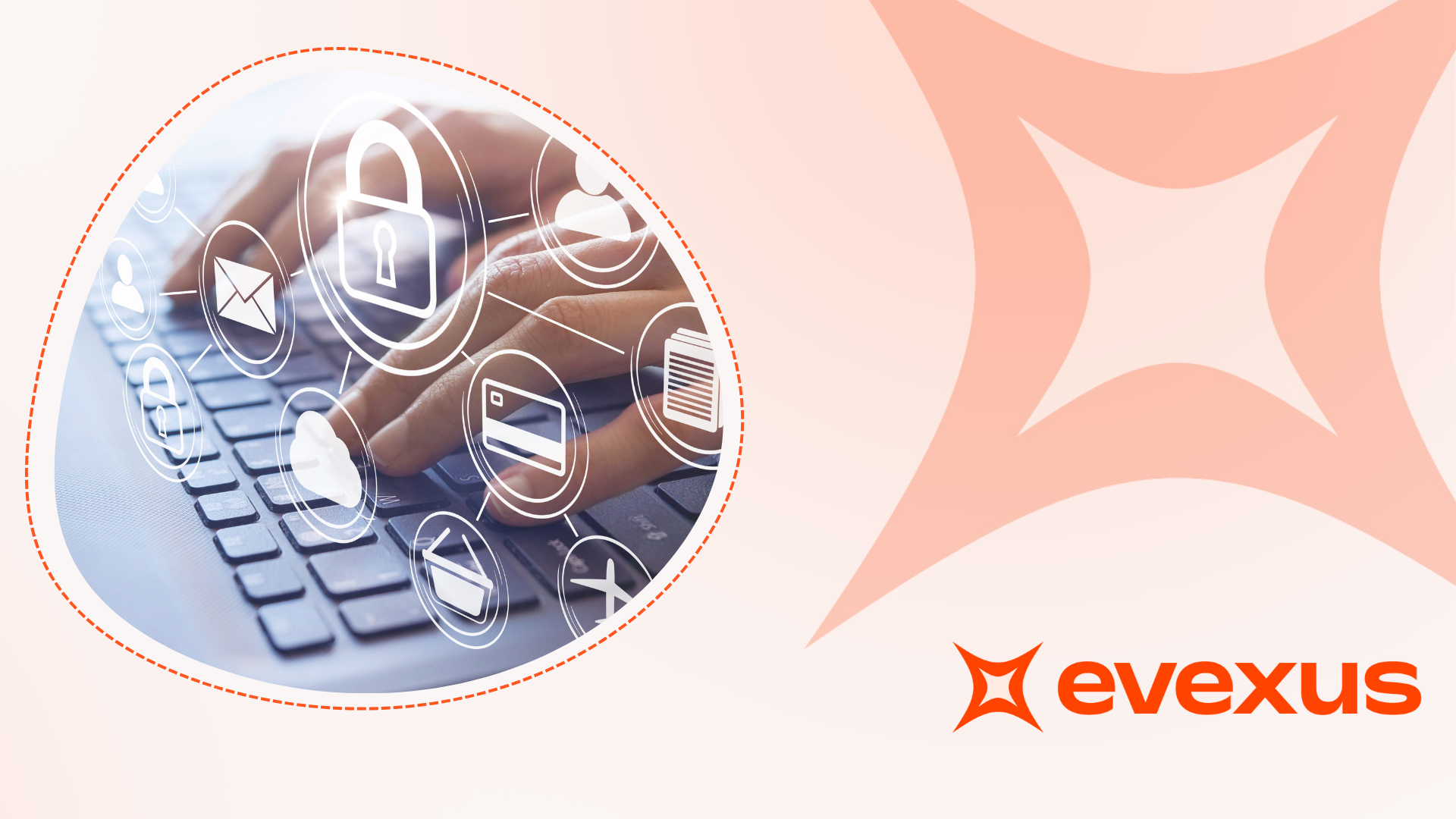
It’s no surprise that networking is one of the top reasons people attend events.
Whether your events are big or small, in-person or online, the chance to meet new people, discover new opportunities and enhance their professional network is sure to be a huge draw for your audience.
Networking also helps build a sense of community belonging, can support career success and can even help your attendees grow their businesses — no wonder they’re so popular.
Despite this, many event organisers struggle to run great networking events. Often, this can be down to reluctant participants, as many people take a negative view of networking as awkward, uncomfortable or even insincere.
Luckily, there are some simple things you can do to take control of your networking event success and boost your attendee experience.
Hold the right event
As with all events, networking success starts with the right ideas.
Simply putting people in a room together often isn’t enough. Try to consider some other ideas, such as:
- Happy hour meetups
- Breakfast meetings
- Lunch meetings
- Roundtable discussions
- Informal workshops
You could also start some virtual groups based on shared interests or skills.
For example, an association for speech therapists may offer virtual networking events for practitioners in different geographical areas or professional specialties, such as palliative care and paediatrics. Or, a management coaching firm could set up a public-speaking meetup to help attendees mingle while honing their communication skills.
The key lies in finding what suits your audience. You may even wish to segment your audience to appeal to them more directly, such as by offering roundtable discussions exclusively for C-suite executives and happy hour mixers for early career professionals.
Get active
If you’re finding people aren’t getting value from your networking events, it might help to hold a game or activity to break the ice.
Of course, it’s important to carefully toe the line with activities. Doing too much can risk losing the purpose of the event while doing too little can leave attendees feeling awkward and unsure.
For smaller groups, you might consider running an icebreaker activity like two truths and a lie. In this game, attendees share three facts about themselves, only two of which are true, and other participants must guess which is the lie. You could also get them to work in teams to solve a physical puzzle or answer a riddle.
In larger settings like conferences, you might set up a speed networking event. Networking bingo is also a great choice — simply give your attendees a bingo card pre-filled with traits, like ‘works in marketing’ or ‘travelled here from interstate’, and offer a prize for the first to fill their card.
Speaking of prizes, gamification is a fantastic tool for increasing networking event participation. It’s been shown to boost motivation, release dopamine and have positive social impacts for attendees.
Have a theme
Another helpful way to get your attendees talking is to give them something to talk about.
This might look like inviting someone to give an informal lunchtime talk at a conference or asking someone to give a ten-minute presentation on a matter of particular interest before your networking event starts.
This gives your attendees a shared experience to discuss, which can help them start meaningful conversations far more easily.
If you don’t want to engage a speaker, you might think about asking your attendees to discuss a particular issue or problem relevant to them. For example, at a networking event for marketing professionals, you might ask them to discuss the top five marketing trends for the coming year. Alternatively, you could task a group of managers with discussing the best tactics for helping employees deal with change.
In an online setting, you might put participants in different breakout rooms to discuss before bringing them back to share their answers with the wider group. In person, you might provide a whiteboard or post-it notes for people to write their responses on.
Facilitate, don’t force
It can be easy for events teams to forget this, but for many people, networking events can be anxiety-inducing.
That’s why it’s useful to jump in yourself or have some team members on hand to help facilitate introductions and drive conversation.
In particular, keep an eye out for people standing alone and try to help them join a conversation. If you can, it’s a good idea to pair them up with someone more experienced. This can put them at ease and gives them the opportunity to learn on-the-go.
While facilitating is important, you should be careful not to force anyone to participate, as that will be sure to leave a bad taste in their mouth. Instead, particularly in games and activities, invite people to get involved but allow them to engage at a level they feel comfortable with.
Finally, you may want to create and share a networking guide. This can be particularly valuable to send as part of your confirmation or reminder emails or sent separately to newcomers and registrants. You can create your own, or simply share one from a trusted source.
This will give people a chance to refresh their knowledge ahead of time, giving them the confidence to make the most of your event.
Review and improve
As with all events, there’s always room for improvement. Make sure you take the time to regularly review your networking events to see what’s working and what’s not, and don’t forget to keep an eye out for new and exciting ideas to try for your audience.
This is another place where event feedback forms are really helpful. Make sure you keep an eye on your post-event survey responses for your networking events and look at aggregate feedback across time. This can make it easier to identify larger trends, barriers and opportunities, which you can use to facilitate ongoing improvement.
Find out more
At evexus, our event management software is designed with you in mind. Get the edge with the latest tech and manage your events seamlessly from a simple central point, helping you run better conferences, webinars, networking events and more.
Visit our website to learn more, or get in touch today to arrange a demo.








